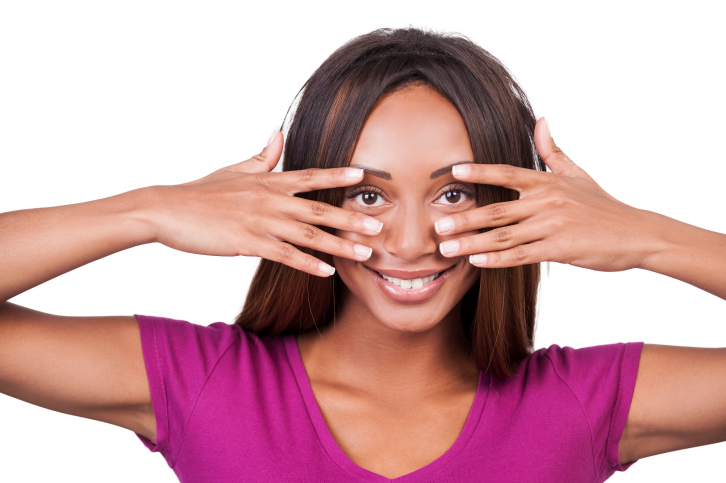
It looks like a pimple perched on your eyelid, but a stye is actually a painful abscess in a hair follicle. These annoying pink bumps come from slacking on your hygiene. Styes, in general, are caused by staphylococcus aureus, a nasty bacteria that lives on the skin and can spread when proper care and cleansing isn't taken. A less likely cause, but still a possibility for a stye, is clogged glands from overproduction of secreted oils. Research also suggests that styes often are triggered by stress.
Symptoms
They are usually harmless, despite their appearance – causing redness, tenderness, pain and sometimes light-sensitivity and eye-watering. Here are the symptoms to look for when are concerned about the possibility of a stye:
- Swelling in a small area or the entire eyelid
- The affected eye may water, feel irritated or be sensitive to light
- Discomfort when blinking
- A small yellowish spot in the center of a sty, which occurs when pus collects and expands. Pain is usually relieved when the sty ruptures, draining the pus
MUST READ: Diabetes & Your Eyes: What You Need To Know
Treatment
Treatment for styes can include warm compresses and topical antibiotic cream. This helps to drain the stye, while the antibiotics treat the bacterial infetion. The real issue here, however, is prevention.
If you are one to consistently get styes, your hygiene and managing your stress levels really need to be a top priority. Keep your hands away from your face, especially your eyes! Get lots of rest, as this will help to keep your stress levels down.
"People who have a tendency to have blocked oil in their glands are therefore at increased risk of developing these styes," says Lisa Park, M.D., clinical associate professor of ophthalmology at NYU Langone Medical Center.
If you think that you may have this issue, the best way to find out is a thorough eye exam. "For those patients who get blocked glands, I recommend lid hygiene with commercial lid wipes or lid-cleaning foam on a regular basis," says Park. "Another recommendation is taking flaxseed oil orally, which can help with this condition."
For more skin and beauty information, visit KissTheChaos.com and follow me Facebook and Instagram: @Ooolala_laa








